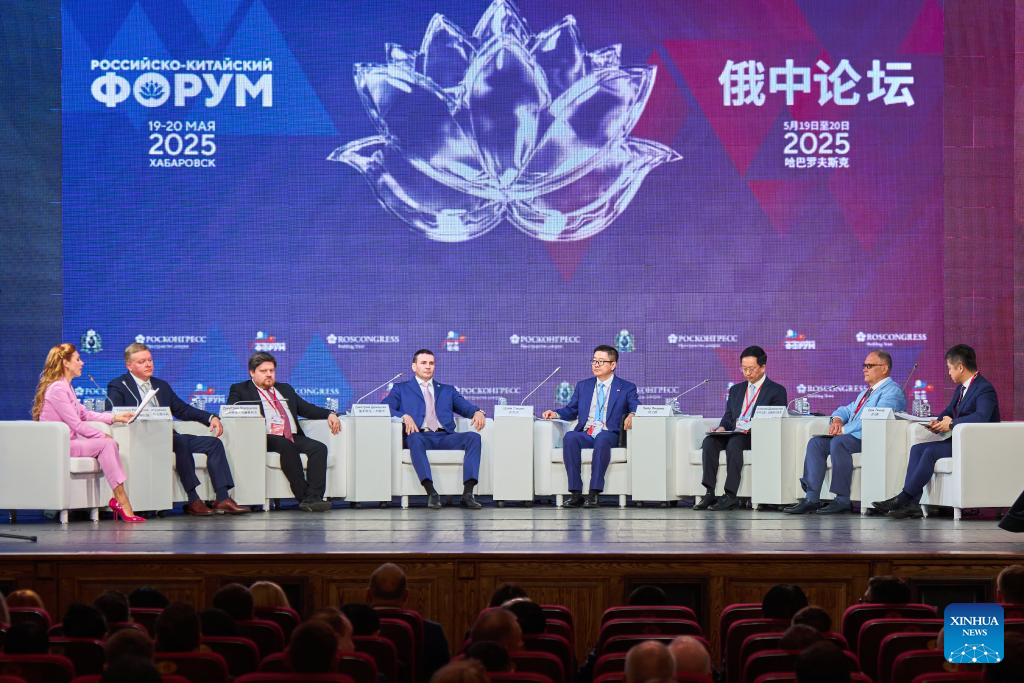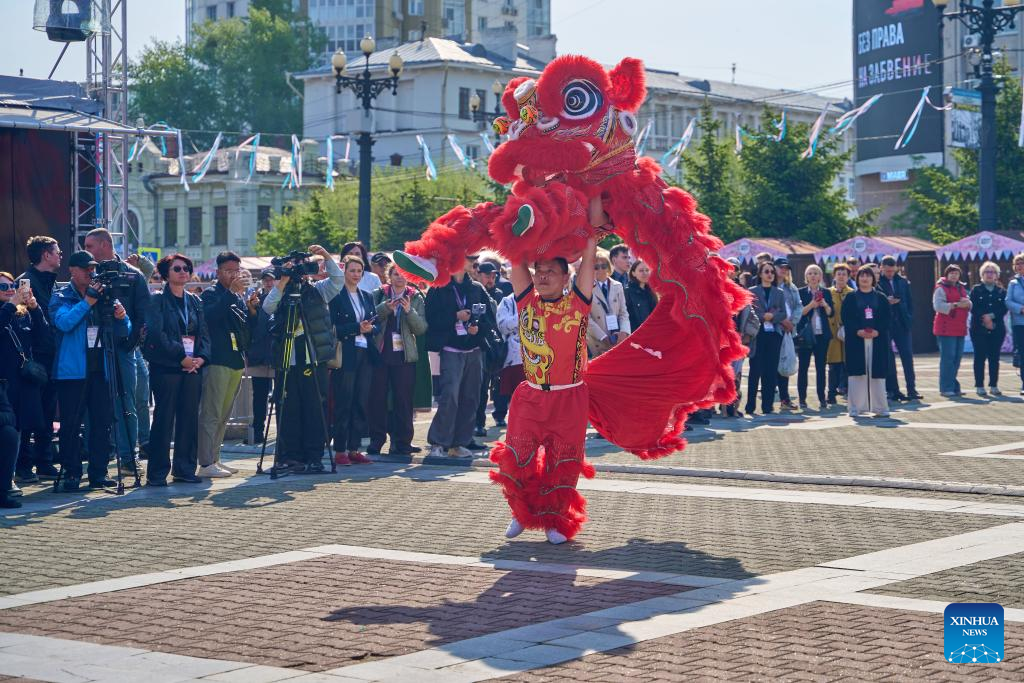
KHABAROVSK, Russia - The two-day Russia-China Forum concluded here on Tuesday, seeing the signing of 34 cooperation agreements worth over 100 billion rubles (about $1.24 billion), spanning economy, tourism, culture and ecology.
The forum focused on strengthening economic partnerships, fostering cross-border dialogue, and advancing joint innovation and cultural ties. A key topic was the joint development of Bolshoy Ussuriysky Island (known as Heixiazi Island in China).
ALSO READ: Russia-China Forum kicks off in Russia's Khabarovsk
Governor of Khabarovsk Territory Dmitry Demeshin emphasized the importance of enriching the island with economic projects while preserving its natural environment and cultural heritage.
A major focus was the establishment of a year-round cargo and passenger checkpoint on the island, which is expected to boost passenger traffic to 1.5 million annually and cargo flow to 1.3 million tons.

A key highlight of the forum was the plenary session titled "Russia and China: Uniting Efforts for Shared Prosperity", where representatives from both nations' governments and businesses discussed economic partnerships, border region development, investments, trade, industrial cooperation and cultural ties.
Cross-border economic cooperation has brought tangible success to businesses in Khabarovsk. Roman Degtyarev, manager of the Khabarovsk Baltika Breweries, said at the Russia-China Forum that his company has focused on developing the Chinese market. Over the past 14 years, the export volume of Baltika beer from Khabarovsk to China has increased 15-fold.
READ MORE: Putin: Reliable Russia-China ties strengthen global stability
Thanks to close cooperation with Chinese suppliers, the Khabarovsk-based company BEEZONE uses Chinese parts to assemble bulldozers for the Russian and Belarusian markets. Today, BEEZONE has developed into the fourth-largest heavy-duty bulldozer manufacturer in Russia, according to Maxim Shubin, head of the company.
The Russia-China Forum included over 30 thematic sessions and cultural events, drawing more than 3,000 participants from governments, businesses and creative industries from both countries.


